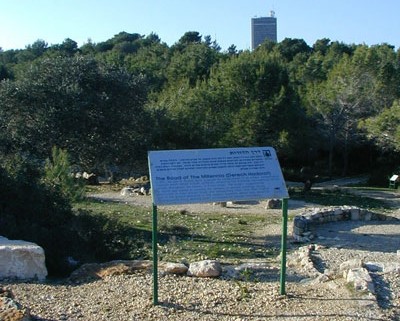
The Road of The Millennia (Derech Hadorot)

Israelite Period (Iron Age), 1000-900 BCE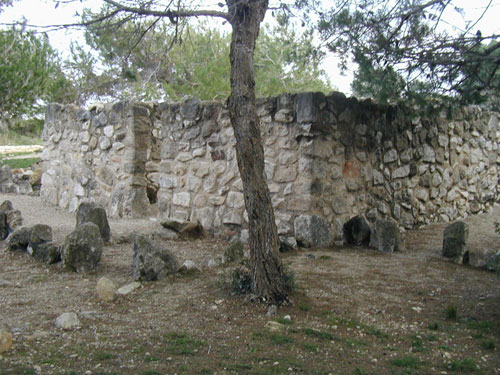
Chalcolithic Period (4500 – 3300 BCE)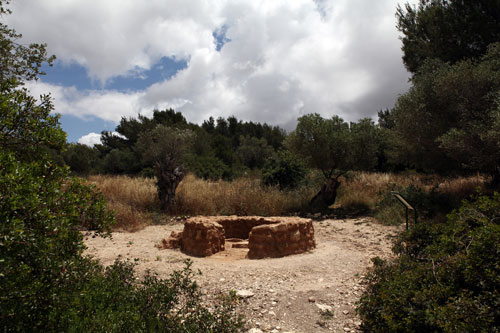
The tombs' openings, facing north, were all sealed by sandstone slabs. Stelae made of flat stones were discovered in some of the tombs
The burial practices varied and included burial inside a pit dug in the tomb floor, burial inside jars and secondary burial in stone ossuaries (chests).
Middle Canaanite (Bronze) I Period, 2200-2000 BCE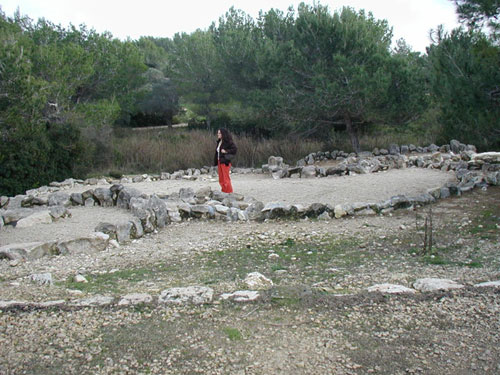
Byzantine Period, 4th-7th Centuries BCE 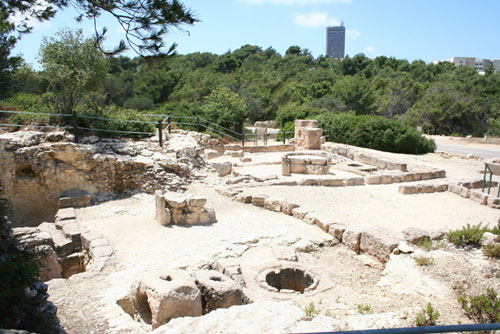
Hurbat Castra, located at the southern approaches to Haifa, is on the planned route of the Carmel Tunnel. Therefore, archaeological salvage digs were conducted at the site by the Israel Antiquities Authority, from 1993-1997. A Roman-Byzantine city was discovered at the site. The economy of the city was based on the production of wine and olive oil in large quantities, testimony to which are eleven grape presses and seven oil presses. Two of the oil presses were transferred by the Israel Antiquities Authority’s preservation unit in 1997 to the Road of the Millennia in the Carmel National Park.
The Early Canaanite (Bronze) II - III Period, 2200-2700 BCE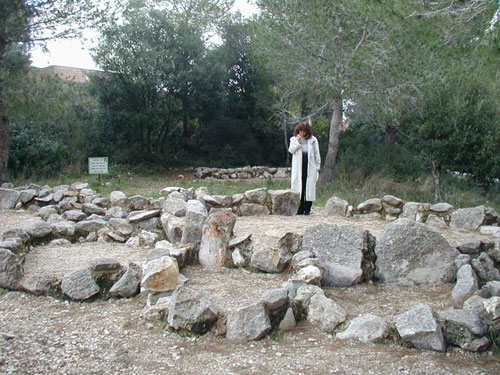
A circular room at the center of the building was used for living. Various constructions surrounding the room were used for household tasks, such as grinding food and cooking and as tool sheds. The foundation of the house is stone, while its upper section, which was not preserved, was probably made of cloth and leather. The roof was constructed from tree branches.
The Israelite Period (Iron Age), 800-700 BCE
In the Negev, near an important crossroad, three Israelite fortresses (1000-600 BCE), built one on top of another, were excavated. Four granaries were found outside the fortress built during the reign of Usiyahu (8th century BCE), and were transported to the outdoor museum site.

